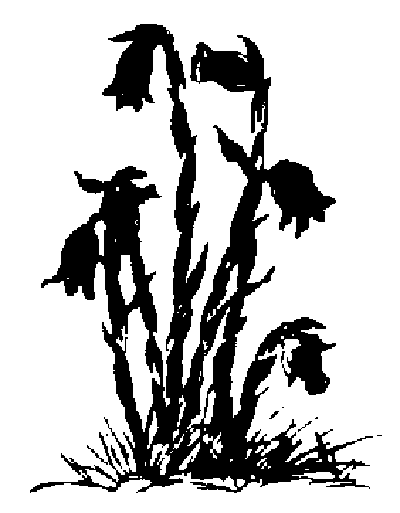first edition
1552 · Venezia
by RUSCELLI, Girolamo (1452-1566)
Venezia: Giovanni Griffio, 1552. First Edition, variant issue with gathering "S" made up of six leaves instead of four. 4to, (6), 77 (ie 85), (1) leaves with printer's device on the title page and the end, woodcut portrait of Maria d'Aragona at the age of 34 on page 74. Bound in old limp vellum, a very good copy with wide margins. BMC STC It., p. 593; Edit16, CNCE 47659; A. Erdmann, My Gracious Silence, p. 190; V. Gentili, Trasgresione tragica e norma domestica. Esemplari di tipologie femminili nella letteratura Europea, (Roma, 1993), p. 49, no. 36; A. Iacono, Bibliografia di Girolamo Ruscelli. Le edizioni del Cinquecento, Manziana, 2011, pp. 31-33, no.
(truncated) 9; C. Jordan, Renaissance Feminism: Literary Texts and Politi-cal Models, (Ithava, NY, 1990), p. 161; R. Kelso, Doctrine for the Lady of the Renaissance, (Urbana, IL, 1959), p. 408, no. 728; H. Sanson, Donne, precettistica e lingua nell'Italia del Cinquecento, (Firenze, 2007), p. 315; H. Vaganey, Le sonnet en Italie et en France, (Lyon, 1903), p. CXXXI, no. 15. This is a commentary on a sonnet written by Giovanni Battista d'Azzia, marchese della Terza d'Aragona, dedicated to Giovanni Battista d'Azzia, The first part is dedicated to praising women and the second is to praising their physical and spiritual beauty (it contains a poem by Giovanni Battista Giraldi dedicated to Maria d'Aragona). This second part also contains a catalog of nearly 500 contemporary Italian women arranged by towns (from Venice to Viterbo) remarkable for their beauty and virtue. (cf. Andropniki Dialeti "Defenders and Enemies of Women in early and Modern Italy "Querelle des Femmes' Social and Cultural Categories or empty Rhetoric?" presented at "Gender and Power in the New Europe", the 5th Europeaen Feminist Research Conference, August 20-24, 2003, Lund University, Sweden, p. 13). At the end of the volume are other poems in praise of Maria d'Aragona and Giovanni Battista d'Azzia by Pietro Aretino, Girolamo Ferlito, Francesco Sansovino, Girolamo Muzio, Anton Giacomo Corso, Girolamo Parabosco, Giovan Battista Trincheri, Domenico Veniero, Bernardino Daniello, Marco Silvio, Gilippo Zafrfrini, Bernardino Tomitano, Giscomo Zane, Vittorio Fernaruolo, Nicolo Eugenico, Giovan Giacomo Balbi, Remigio Fiorentino, Scipioneone Ammirato, Aurelio Grazia, Cesare de/ Cesari, Decio Del Buono and Ruscelli himself. (cf. Rogers, "Sonnets on female Portraits from renaissance North Italy" in Word and Image, 2, 1986, pp. 291-305.
Maria d'Aragona, daughter of count Ferdinando de Catellana was greatly admired for her beauty. She was married to Alfonso d;'Avalos marchese deo Casato, one of the primary counselors to emperor Cahrles V. At Naples, Maria was a member of a religious group of women led by Guilia Gonzaga and Vittoria Colonna. After the death of her husband, she became governor of Benevento but shortly retired to take care of her 7 children. This work contains her only know portrait, showing her within a fine ornate frame at the age of 34. Girolamo Ruscelli was born in Viterbo and became on the of the leading editors of the Cinquecento. He was first active in Rome and later settled in Venice where he was a freind of Tasso, Dolce and Aretino, the last two of whom were to become his rivals. Our thanks to Axel Eerdman for his research on this item which we have used with his permission. (Inventory #: 52837)



